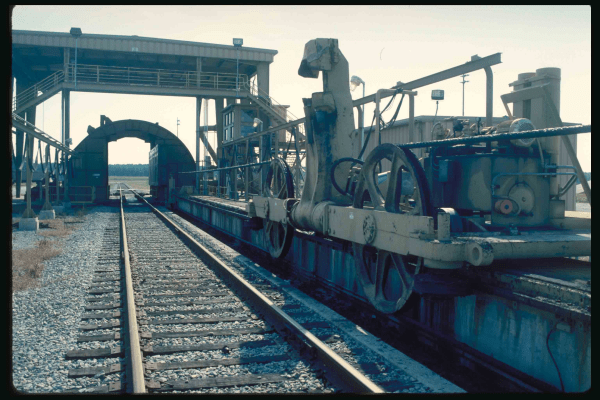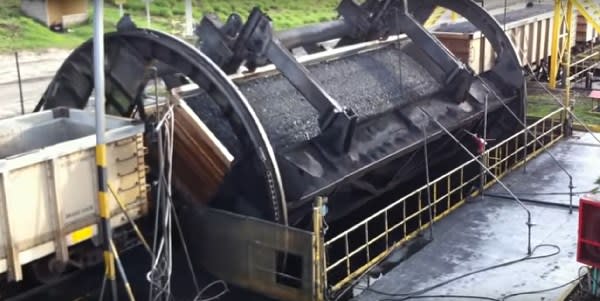Hi
I have to ask - do you guys have any skeletons in the closet? Have you ever designed something that was built / is going to be build but it wasnt designed as it should be - you have realized there are some errors or incorrect modeling or assumptions in your calculations that you have figured later (while working on another similar projects), what have you done about it? How often do you think about it? Ever nervous of consequences? I know there are safety factors and all that but still... This topic may not be popular but I think its a part of our job and would like to hear some thoughts.
I have to ask - do you guys have any skeletons in the closet? Have you ever designed something that was built / is going to be build but it wasnt designed as it should be - you have realized there are some errors or incorrect modeling or assumptions in your calculations that you have figured later (while working on another similar projects), what have you done about it? How often do you think about it? Ever nervous of consequences? I know there are safety factors and all that but still... This topic may not be popular but I think its a part of our job and would like to hear some thoughts.



![[idea] [idea] [idea]](/data/assets/smilies/idea.gif)